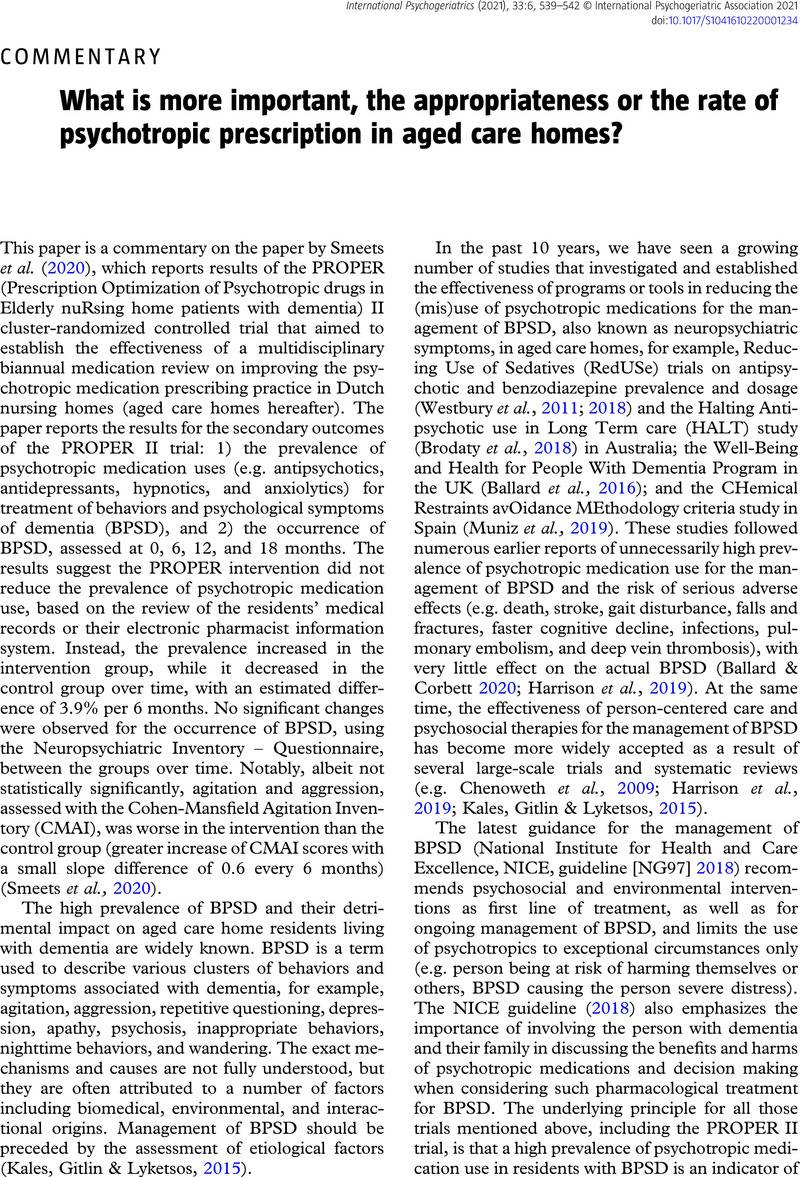Crossref Citations
This article has been cited by the following publications. This list is generated based on data provided by Crossref.
Ye, Jing
Li, Bo
Xu, Tao
and
Feng, Yao
2022.
Elderly Nursing Service System Based on Improved Particle Swarm Optimization Algorithm for Camera Calibration.
p.
98.



